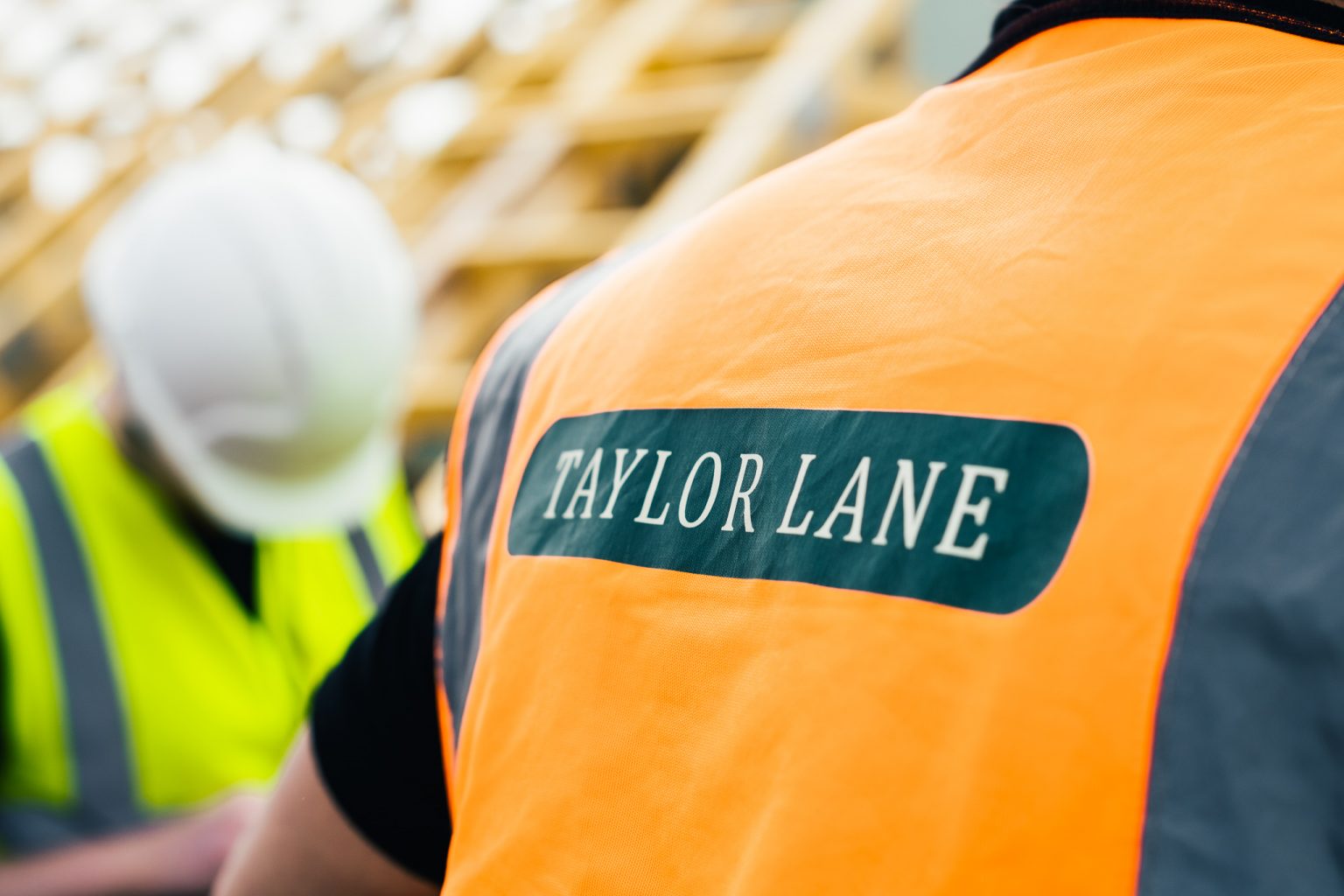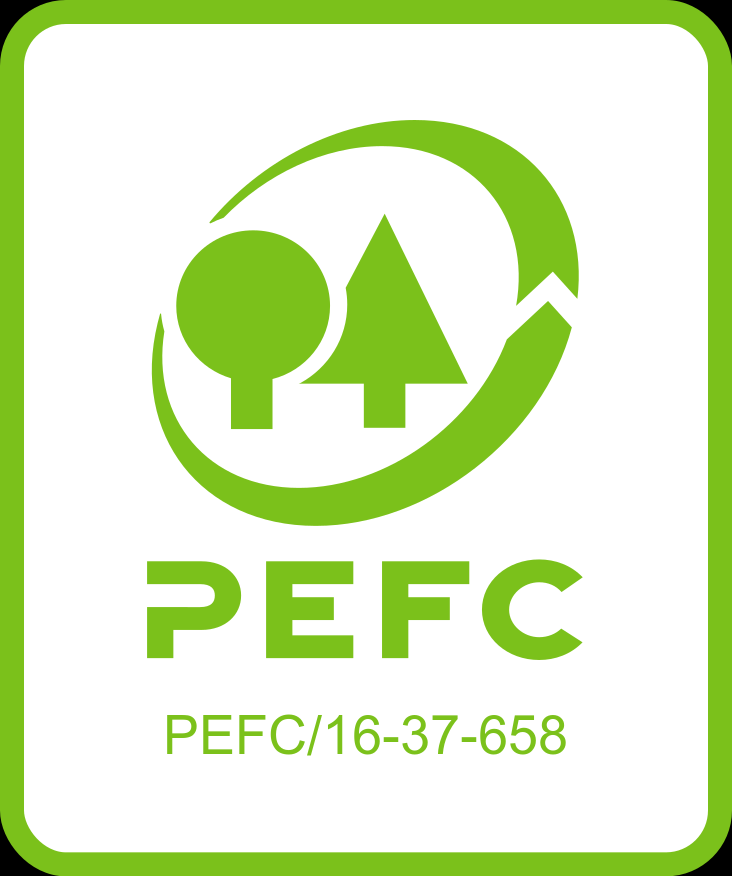Demand for social housing is increasing. In December 2023, research from Shelter showed at least 309,000 people homeless in England. This was a significant increase of 14% in one year. For context this equates to 1 in 182 people homeless in England today. 279, 400 are living in temporary accommodation.
“Councils have a legal duty to house families and people who are vulnerable, but the acute shortage of affordable homes means they are having to rely on temporary accommodation for long periods.” (england.shelter.org.uk)
Waiting lists
A short time after these statistics were reported, however, two councils – Birmingham City Council and Leeds City Council announced proposals to remove applicants from social housing waiting lists in a bid to cut costs and reallocate resource where it is needed the most.
At the time of writing Birmingham City Council was yet to decide. The outcome of the Leeds City Council consultation will be used to finalise changes later this summer.
This is a snapshot of the challenges facing Registered Providers. With insufficient earnings, many housing associations simply cannot cover costs and interest. This has a woeful impact on the supply of affordable housing and the maintenance of existing stock.
Lack of funds and direction
England already has some of the draughtiest and oldest homes in Europe. For Registered Providers, improvement measures are thwarted by a lack of funds, uncertain policies, and clear leadership.
The government’s decision to scrap energy efficiency targets for new private rental properties, for example, was derided by many in the social housing sector, including National Housing Federation chief executive Kate Henderson: “Our research found that retrofitting homes would save social housing residents on average 40% on heating bills. Scrapping targets on this could lead to people facing higher bills for years to come.”
Yet there is some good news. In February Michael Gove announced a £3bn uplift of the Affordable Homes Guarantee Scheme which is expected to deliver 20,000 new affordable homes. This presents the social housing sector with an opportunity to tackle some of these issues head-on.
The best way to do this is to take a fabric first approach.

Fabric first
Instead of relying upon additional and retrofitted services to achieve carbon targets, reduce emissions and most importantly, create much-needed, warmer, more comfortable homes, let us start with the building fabric.
With the right build method, the benefits are immediately apparent as increased energy efficiency reduces the cost of energy bills for residents and helps the environment. There can be advantages for the Registered Provider both pre- and during construction too .
MMC Category 2 timber frame is a proven solution. An increasing number of social housing landlords are turning to this modern method of construction to build high-quality, high-performance homes, fast.
Natural insulator
As a natural insulator, timber, when used in construction, can also help to reduce running costs and energy bills. A property built with timber frame will remain warmer throughout the winter and stay cooler during the summer months. It can heat up quickly and retain that heat for longer.
For the best results, we recommend early engagement with the timber frame manufacturer. This way, the required thermal performance can be set early in the project. This will determine the level of insulation needed and aid the timber frame manufacturer in selecting the most appropriate wall and floor panel systems. Most notably, it is far easier to achieve a low U-value with timber frame than traditional build methods and it can even exceed levels set by Building Regulations without filling the cavity.
The sustainable choice

When it comes to supporting the social housing sector in achieving its carbon targets and reducing emissions, there is no better option than timber. Timber has the lowest CO2 value of any commercially available building material.
Trees capture the carbon and isolate carbon dioxide. This is retained inside the timber throughout its life as a structural building material and beyond, if recycled. The timber acts as a carbon store. Using timber in construction then helps reduce embodied carbon in the built environment.
It is suggested that the use of timber can reduce the embodied emissions in a single building by around 20%, and carbon storage at building level is approximately 50% higher for timber frame than masonry (source: theccc.org.uk).
Timber is the only truly renewable building material and reputable suppliers will only use timber from PEFC or FSC certified sources. Typically for every tree cut down, three or four are replanted.
Timber frame construction also affords social housing providers a faster build method. Accurate, with less waste and design flexibility, it can speed up the build programme by about a third. Amidst a housing and energy crisis there is no better time to adopt this modern method of construction.







